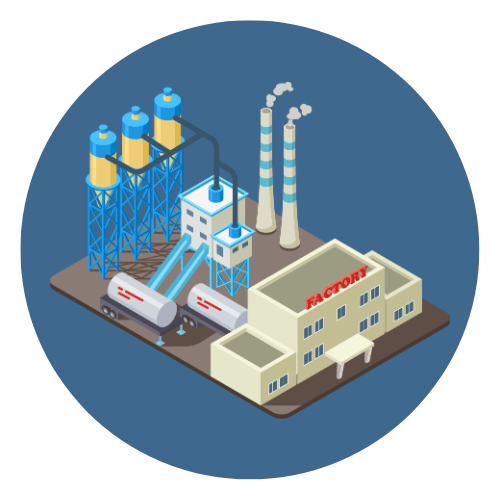In every electrical system, safety, organization, and functionality are of utmost importance—and that’s exactly where the junction box comes into play. A junction box may seem like a simple component, but it plays a vital role in protecting electrical connections, preventing accidents, and making maintenance easier. Whether it’s in a residential home, a commercial facility, or an industrial complex, junction boxes are foundational elements in ensuring reliable electrical performance.
At its core, a junction box is an enclosure that houses and protects the splices or connections of electrical wires. It acts as a secure container, shielding the wiring from dust, moisture, accidental contact, and even fire hazards. Without a junction box, exposed wire connections could become a source of short circuits, electrical fires, or electric shocks.
Junction boxes come in various shapes, sizes, and materials, and are designed for different environments—indoors, outdoors, underground, or even in hazardous zones. Some are surface-mounted on walls or ceilings, while others are recessed or hidden behind panels. Choosing the right type of junction box not only ensures code compliance but also enhances the durability and safety of the entire electrical system.
In this article, we’ll explore the different types of junction boxes, their components, materials, installation procedures, code requirements, applications, and even look at future innovations such as smart junction boxes. Whether you’re a professional electrician, a DIY enthusiast, or just someone curious about what’s behind your walls, this guide will offer a comprehensive overview of one of the most important components in modern electrical infrastructure.


 Automation System
Automation System  Energy Engineeing
Energy Engineeing  Instrumentation System
Instrumentation System  Mechanical Engineeing
Mechanical Engineeing  Piping Technologies
Piping Technologies  Transportations
Transportations  Manufacturing
Manufacturing  Training Material
Training Material 













